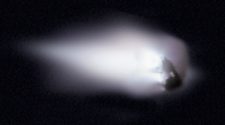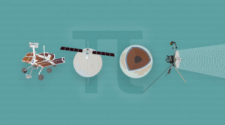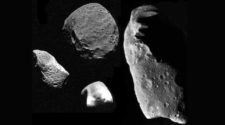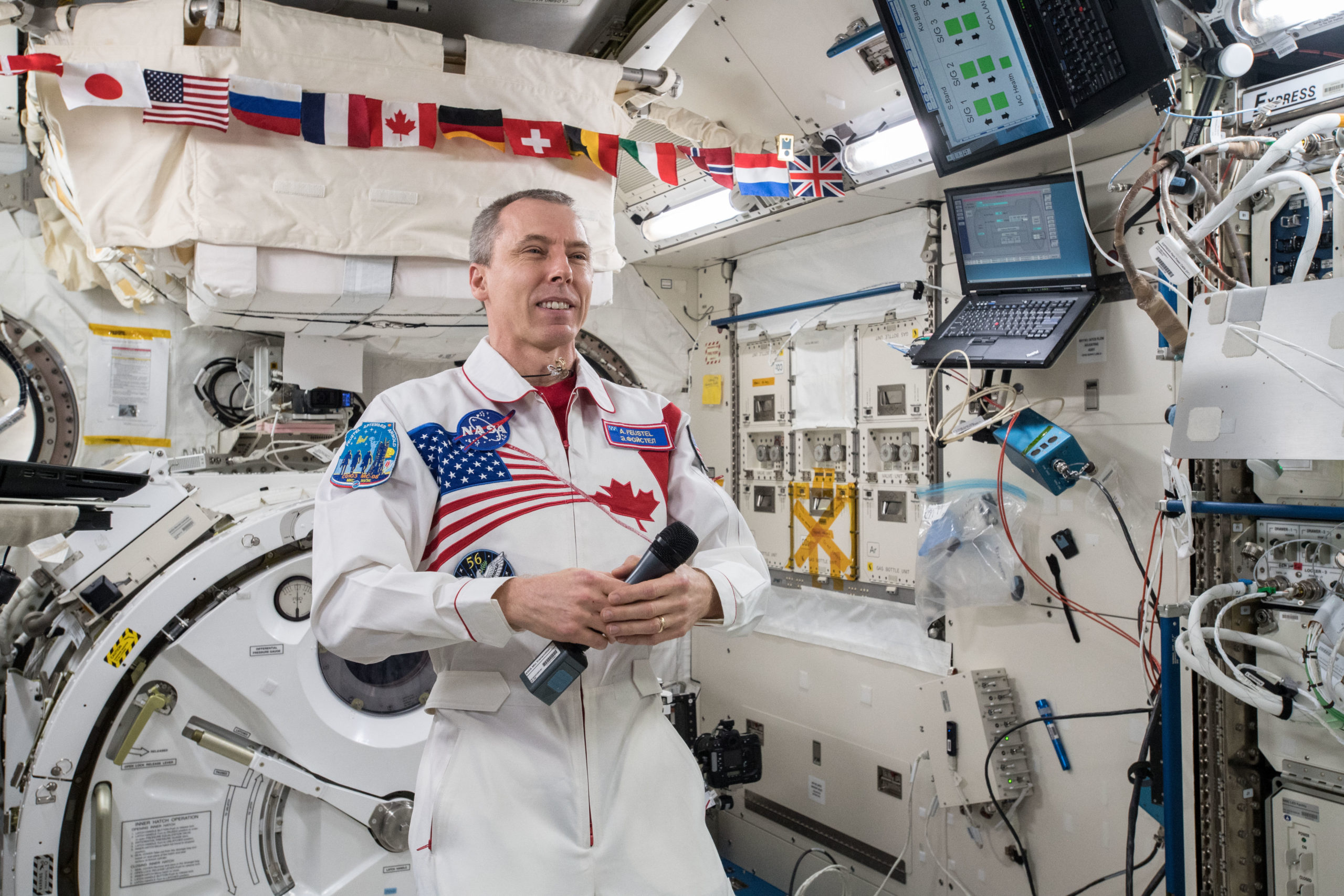
The United States and Canada are joining forces to encourage a new generation of astronauts.
The two countries have cooperated on space exploration since soon after NASA, the U.S. space agency, was founded in 1958. Canada sends astronauts on NASA space missions, and it supplies technology for the International Space Station, among other space efforts.
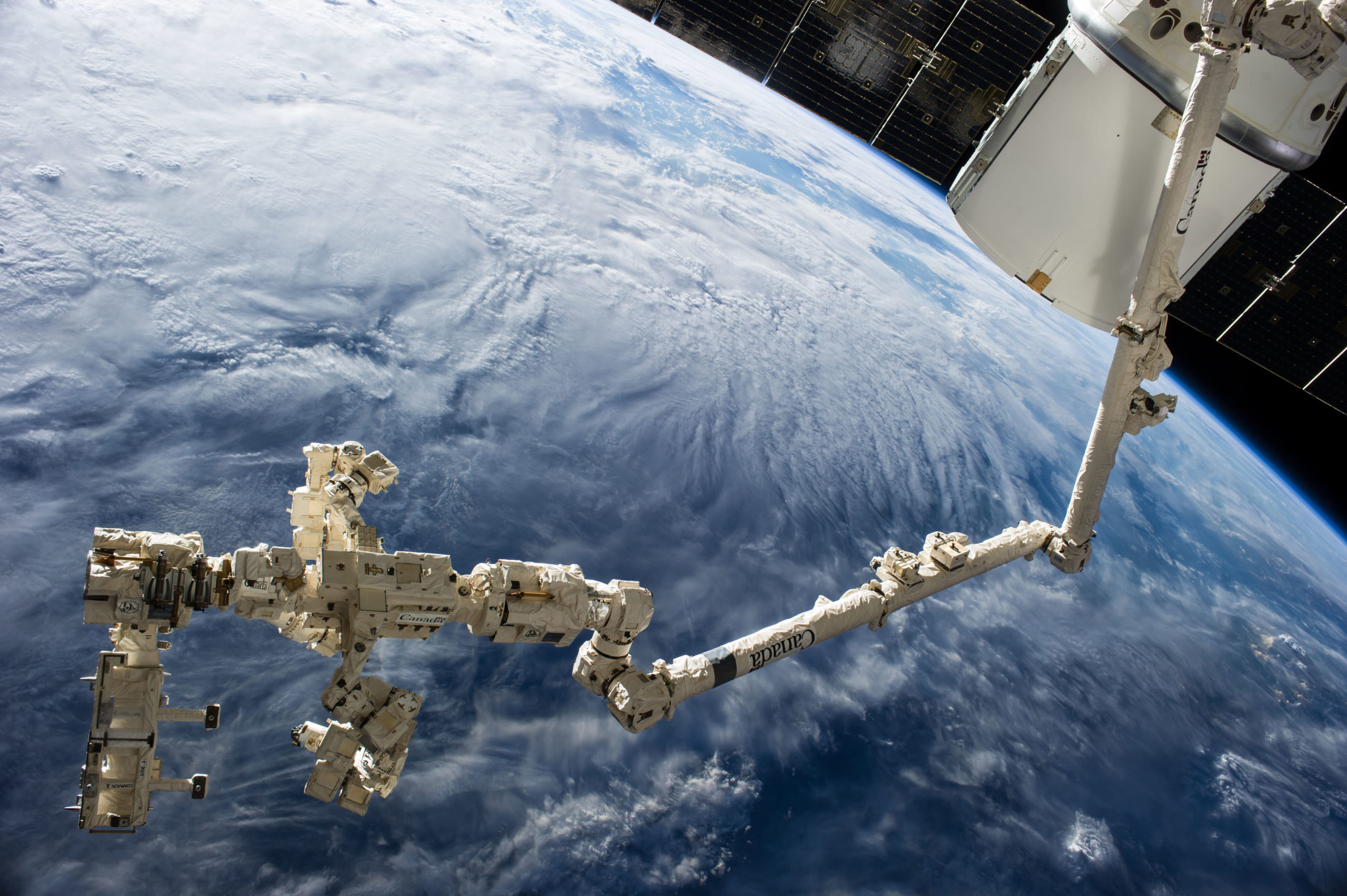
After providing a robotic arm that served the space shuttle program for 30 years, in 2019 Canada became the first international partner of NASA’s Lunar Gateway space station project. Once built, the small space station will orbit the moon gathering scientific information for future space research — including Mars. Canada’s newest robotic arm, Canadarm3, and robotic hand, Dextre, will minimize dangerous spacewalks.
“Canada leads the world in space-based robotic capabilities, enabling critical repairs to the Hubble Space Telescope and construction of the International Space Station,” NASA Administrator Jim Bridenstine said.
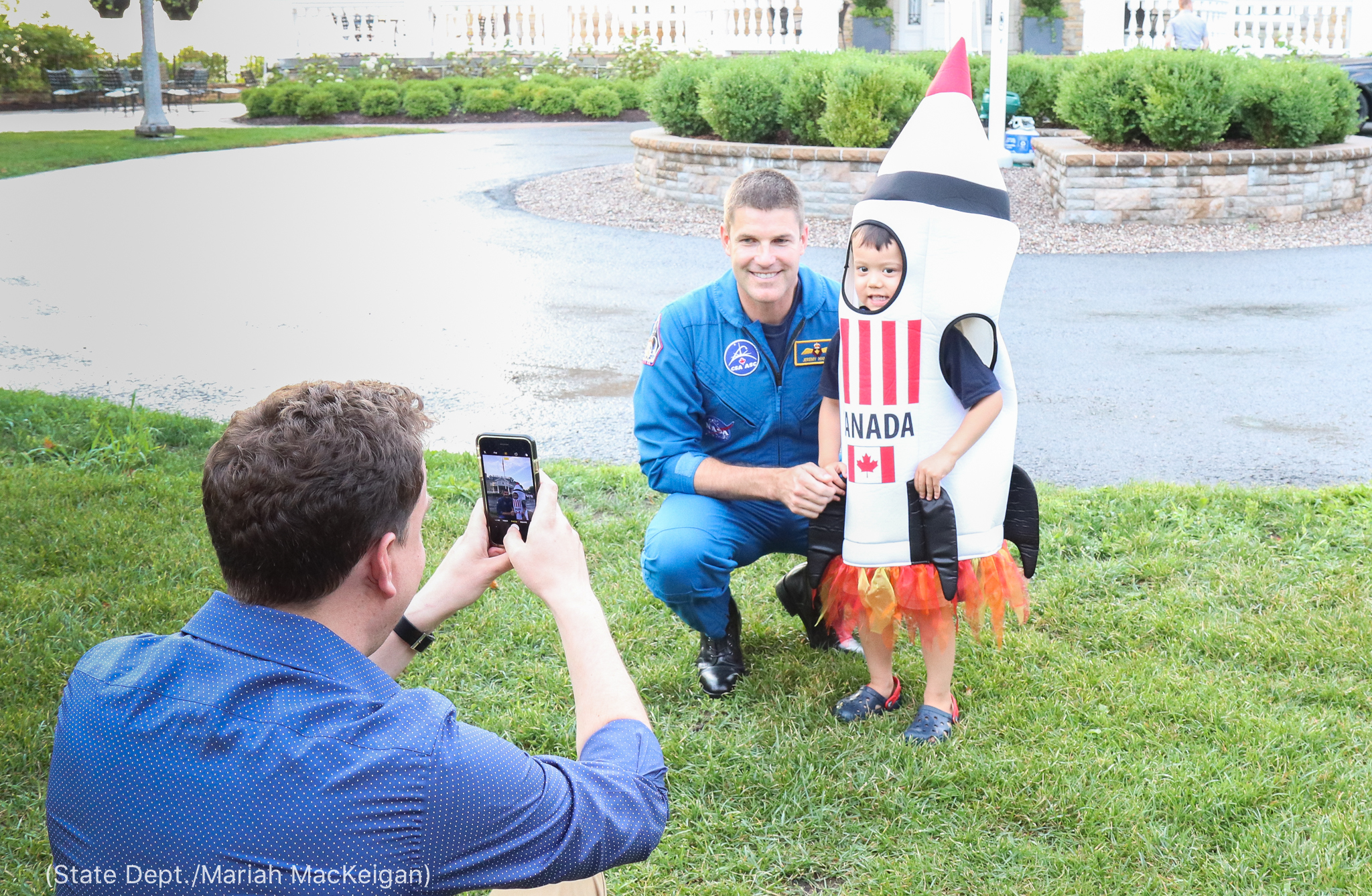
Finding future astronauts
American diplomats are working with NASA, the Canadian Space Agency (CSA) and Canadian educational institutions to give students hands-on experiences that relate to space exploration.
During the commemoration of the 50th anniversary of the Apollo 11 lunar landing in 2019, the diplomats worked with Canadian museums and science centers to hold events related to science, technology, engineering and math (STEM) education.
American and Canadian schoolchildren, space industry representatives and government contacts spoke with American-Canadian astronaut Drew Feustel, who commanded the International Space Station. And university students participated in an artificial intelligence and robotics program in Ottawa with NASA Administrator Bridenstine.
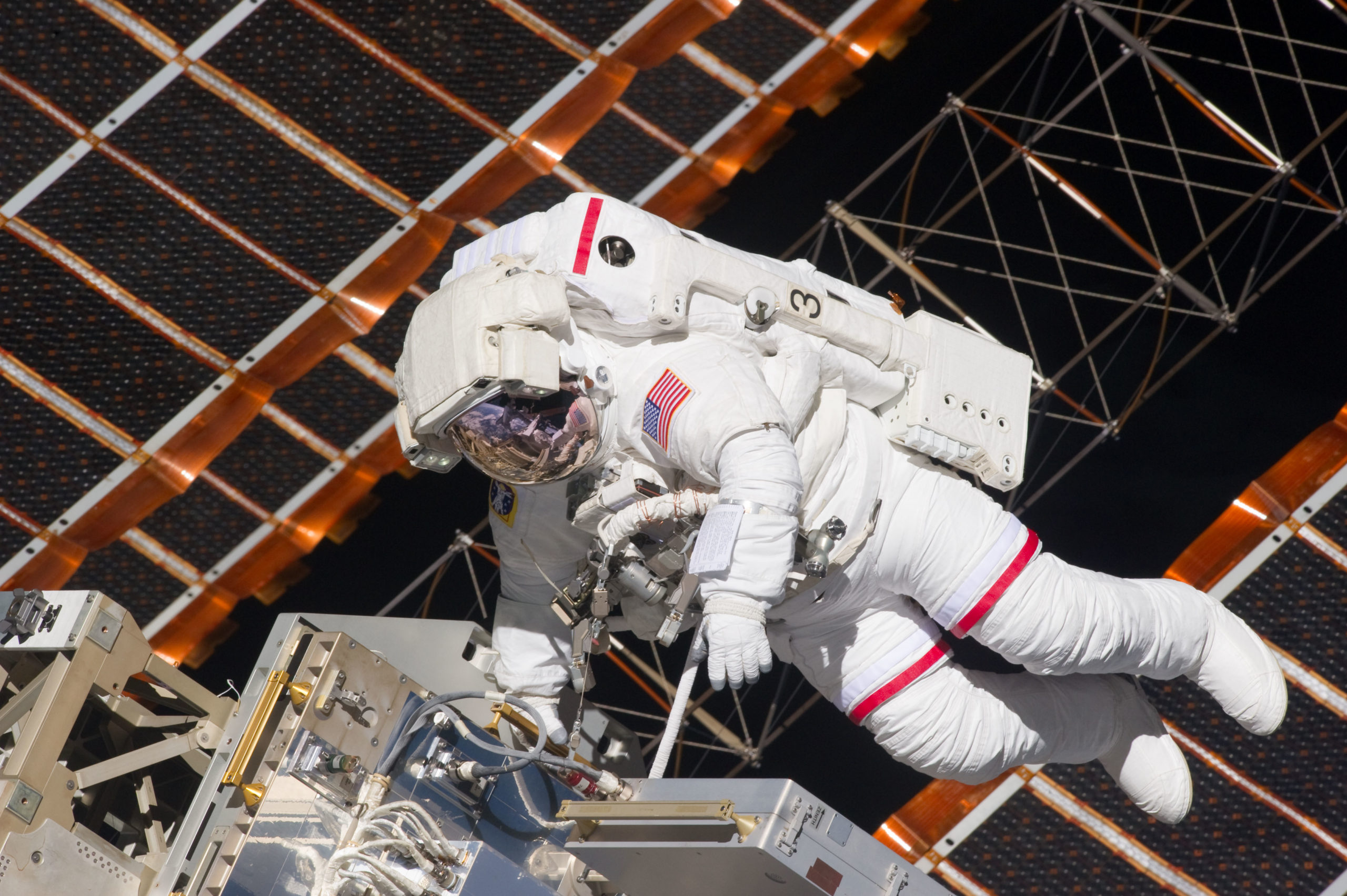
In summer 2020, the NASA International Internship (NASA I²) project will invite Canadian university students to compete for internships at NASA facilities across the United States.
CSA president Sylvain Laporte points to the longtime U.S.-Canada space partnership as “a very, very good illustration of how two countries can collaborate successfully.”
“We are thrilled to work with Canada … on our future on the lunar surface and deep space,” Bridenstine wrote in a blog post.

